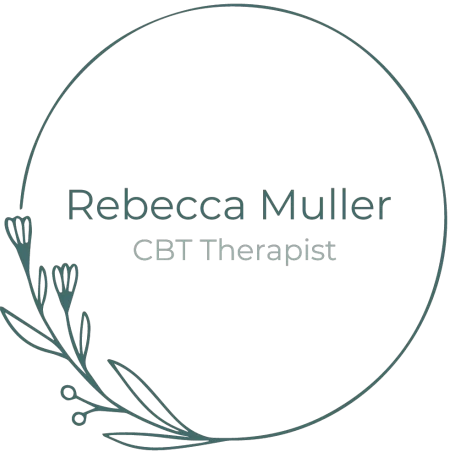Have you ever wished you had a toolkit to help you manage those overwhelming moments when trauma symptoms hit? As a trauma therapist based in North Berwick, I often work with clients to build exactly that - a collection of practical tools and techniques that can help you navigate difficult emotions and memories as they arise. Some of these are simple self-help strategies you can use anywhere, while others are therapeutic approaches like EMDR that we work with together in sessions.
Why Having Tools Matters
When trauma strikes, our nervous system can go into overdrive or shut down completely. Having reliable tools at your disposal means you're not at the mercy of these responses. Instead, you have practical ways to ground yourself, manage overwhelming emotions, and create moments of safety when you need them most.
Grounding Techniques
One of the most valuable tools in any trauma recovery toolkit is grounding. The 5-4-3-2-1 technique is wonderfully simple: notice 5 things you can see, 4 things you can touch, 3 things you can hear, 2 things you can smell, and 1 thing you can taste. This brings you back to the present moment and out of the trauma memory.
Physical grounding can be equally powerful. Try pressing your feet firmly into the floor, holding an ice cube, or splashing cold water on your face. These techniques help signal to your nervous system that you're safe in the here and now.
EMDR: A Powerful Therapeutic Tool
EMDR (Eye Movement Desensitisation and Reprocessing) is one of the most effective trauma processing tools available. While this is something we do together in therapy sessions, it's worth understanding how it works. EMDR helps your brain reprocess traumatic memories so they lose their emotional charge whilst maintaining any important lessons learned. Many clients find it remarkably effective at reducing the impact of disturbing memories.
Breathing and Body Techniques
When we're triggered, our breathing often becomes shallow or rapid. Simple breathing exercises can help reset your nervous system. Try breathing in for four counts, holding for four, and breathing out for six. The longer exhale activates your body's relaxation response.
Self-Soothing Strategies
Building a collection of self-soothing activities is essential. This might include listening to calming music, wrapping yourself in a soft blanket, using aromatherapy, or engaging in gentle movement like stretching or walking.
Creating Your Personal Toolkit
The most important thing about trauma tools is finding what works specifically for you. What soothes one person might not work for another, and that's perfectly normal. Your toolkit might include simple daily techniques alongside professional therapeutic approaches like EMDR.
Remember, these tools work best when practised regularly, not just during crisis moments. The more you use them during calm periods, the more accessible they become when you really need them.
If you'd like support in developing your own trauma toolkit or exploring how EMDR might help you process difficult memories, please don't hesitate to reach out. Having the right tools can make all the difference in your healing journey.
